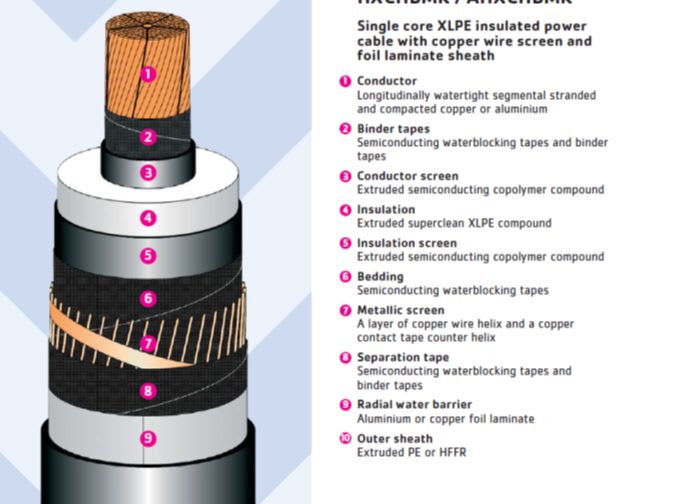ravindranathan
Electrical
- Sep 30, 2006
- 35
Is it a common practice to lay conductor strand(Aluminium or copper) in helical formation in EHV cable?Pl advise.
Follow along with the video below to see how to install our site as a web app on your home screen.
Note: This feature may not be available in some browsers.

